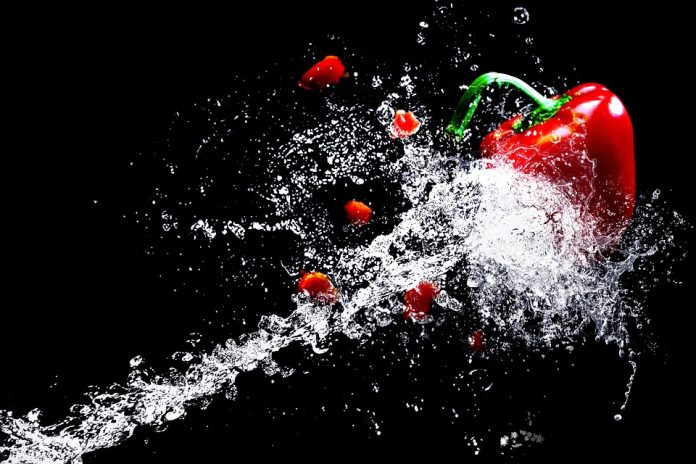[ad_1]
The Best Containers for Growing Herbs Indoors
Growing herbs indoors is a great way to enjoy fresh herbs all year round. But in order to get the best results, you need to choose the right containers for your herbs. There are many different types of containers available, and each has its own advantages and disadvantages. In this article, we’ll take a look at some of the best containers for growing herbs indoors.
Clay Pots
Clay pots are one of the most popular containers for growing herbs indoors. They are inexpensive, easy to find, and come in a variety of sizes and shapes. Clay pots are also porous, which allows for better drainage and aeration of the soil. The downside of clay pots is that they can dry out quickly, so you’ll need to water your herbs more often.
Plastic Containers
Plastic containers are another popular option for growing herbs indoors. They are lightweight, inexpensive, and come in a variety of sizes and shapes. Plastic containers are also non-porous, which means they won’t dry out as quickly as clay pots. The downside of plastic containers is that they can be prone to cracking and breaking if they are not handled properly.
Wooden Containers
Wooden containers are a great option for growing herbs indoors. They are attractive, durable, and come in a variety of sizes and shapes. Wooden containers are also porous, which allows for better drainage and aeration of the soil. The downside of wooden containers is that they can be more expensive than other types of containers.
Self-Watering Containers
Self-watering containers are a great option for those who don’t want to worry about watering their herbs. These containers have a built-in reservoir that slowly releases water to the soil, ensuring that your herbs get the moisture they need. The downside of self-watering containers is that they can be more expensive than other types of containers.
Hanging Baskets
Hanging baskets are a great option for those who want to save space. These containers can be hung from the ceiling or a wall, freeing up valuable counter or floor space. The downside of hanging baskets is that they can dry out quickly, so you’ll need to water your herbs more often.
Vertical Gardens
Vertical gardens are a great option for those who want to maximize their growing space. These containers can be hung from the ceiling or a wall, allowing you to grow multiple herbs in a small space. The downside of vertical gardens is that they can be more expensive than other types of containers.
Conclusion
There are many different types of containers available for growing herbs indoors. Each type has its own advantages and disadvantages, so it’s important to choose the right container for your needs. Clay pots, plastic containers, wooden containers, self-watering containers, hanging baskets, and vertical gardens are all great options for growing herbs indoors.
[ad_2]

